Best Merino Wool Leggings For Base Layer 2024
Last Updated: January 8, 2024
Layer up with the best merino wool leggings for hiking
When used as a base layer for hiking in cold weather, merino wool leggings can drastically increase your comfort range. They are soft, breathable, stretchy, comfortable, moisture wicking, naturally odor-resistant, and synergize with any hiking pants to create a fall or winter-worthy legwear system.
This is a data-based guide. For the most part, we assess merino wool leggings objectively based on hard data like fabric weight and material composition, rather than subjective preferences like perceived coziness. Choosing the right merino base layer is largely a matter of pairing the correct fabric with the expected temperature range. Thus we sort each pair of leggings into one of three distinct categories – lightweight, midweight, and heavyweight. Build out a quiver so you always have the ideal base layer for the job.
Jump ahead to read more about the different fabric compositions and how to choose the right pair of merino leggings. And while you’re here, don’t miss our guides to hiking pants, fleece pants, rain pants, windbreaker pants, or down pants!
You make Adventure Alan & Co possible. When purchasing through links on our site, we may earn an affiliate commission at no additional cost to you. Here’s why you can trust us.
Women’s Merino Wool Leggings
Men’s Merino Wool Leggings
Quick Picks By Category
Lightweight Merino Wool Leggings
- Lightest: Ibex Woolies Pro Tech
- Best Value: Smartwool Classic All-Season
- Quickest Dry-time: Outdoor Research Alpine Onset Merino 150
Midweight Merino Wool Leggings
- Best Value: Ridge Merino Aspect Midweight
- 100% Merino: REI Co-op Merino 185 Base Layer
- Most Stretch: Ibex Woolies Tech Base Layer
- Quickest Dry-time: Smartwool Intraknit Thermal Merino
Heavyweight Merino Wool Leggings
- Best Value: Ridge Merino Inversion Heavyweight
- Top Pick: Smartwool Classic Thermal Merino
- Top Pick: Ibex Woolies 2
Merino Leggings With Pockets
Merino Wool Leggings Comparison Table
| Model | Fabric Weight (gsm) | Price ($) | Materials |
| Ibex Woolies Pro Tech | 125 | 115 | 85% Merino, 15% Nylon |
| Smartwool Classic All Season | 150 | 90 | 88% Merino, 12% Nylon |
| Outdoor Research Alpine Onset | 150 | 99 | 47% Merino, 47% Polyester, 6% Elastane |
| Ridge Merino Convict Canyon | 170 | 100 | 54% Polyester, 38% Merino, 8% Spandex |
| Ridge Merino Aspect Midweight | 180 | 70 | 84% Merino, 16% Nylon |
| REI Co-op Merino Base Layer | 185 | 80 | 100% Merino |
| Ibex Woolies Tech Base Layer | 185 | 115 | 81% Wool 12% Nylon 7% Elastane |
| Smartwool Intraknit Thermal | 200 | 130 | 52% Merino, 44% Polyester, 2% Elastane, 2% Polyamide |
| Ibex Woolies 2 | 240 | 135 | 100% Merino |
| Smartwool Classic Thermal | 250 | 115 | 100% Merino |
| Ridge Merino Inversion Heavyweight | 270 | 80 | 100% Merino |
| Ridge Merino Crowley Compression | 288 | 130 | 53% Nylon, 26% Spandex, 21% Wool |
Lightweight Merino Wool Leggings
Ibex Woolies Pro Tech Bottoms
Choose the Ibex Woolies Pro Tech for their far-lighter-than-average 125 gsm fabric, with a surprisingly durable composition and high warmth-to-weight ratio. This is thanks to Nuyarn spinning technology, “a twist-free spinning method…surpasses traditional ring-spun counterparts.” It all adds up to a thinner garment without the downsides of being thin.
- Price: $115
- Fabric Weight: 125 gsm
- Materials: 85% Merino, 15% Nylon
- Pros: Lightweight. Not overly warm. High durability-to-weight ratio.
- Cons: Expensive. Few consumer reviews.
Outdoor Research Alpine Onset Merino 150 Bottoms
The Outdoor Research Alpine Onset Merino 150 Bottoms make for a great active base layer thanks to the fabric composition which blends merino, polyester and elastic. This combination adds durability and stretch, while decreasing water absorption and dry time in a versatile, cool-weather garment that’s perfect for use in damp climates.
- Fabric Weight: 150 gsm
- Materials: 47% Merino, 47% Polyester, 6% Elastane
- Pros: Stretchy. Quick drying. Recycled polyester.
- Cons: Less soft and warm than higher % merino alternatives
Smartwool Classic All-Season
The Smartwool Classic All-Season are your quintessential merino wool leggings, a true embodiment of the category. The 150 weight is highly versatile and functional across a wide spectrum of temperatures. The yarns on this textile are built with a recycled nylon core for enhanced durability, wrapped in merino for next-to-skin softness and moisture wicking. Even the waistband is merino-lined!
- Price: $90
- Fabric Weight: 150 gsm
- Materials: 88% Merino, 12% Nylon
- Pros: Nylon core yarn. Good value.
- Cons: Some customers complain about fit and stretching out.
Midweight Merino Wool Leggings
Ibex Woolies Tech Base Layer
The Ibex Woolies Tech Base Layer are another great pair of merino wool leggings built with nylon-core yarns for increased durability and wrapped in merino for softness, warmth, and moisture wicking. The end result is a killer midweight base layer with a nice dose of stretch and rebound, thanks to 7% elastane. This garment is warm and versatile.
- Price: $115
- Fabric Weight: 185 gsm
- Materials: 81% Wool 12% Nylon 7% Elastane
- Pros: Nylon core yarn. Stretchy.
- Cons: Expensive.
Ridge Merino Aspect Midweight
Wow! Just $70 for the Ridge Merino Aspect Midweight! Value shoppers rejoice, because there is are seemingly no compromises or cut corners. This a legit excellent pair of merino wool leggings, and even features the same nylon core yarns as found in much more expensive garments.
- Price: $70
- Fabric Weight: 180 gsm
- Materials: 84% Merino, 16% Nylon
- Pros: Low price, incredible value, great quality. Nylon core yarn.
- Cons: Run’s a bit tight. High waisted W’s cut can be prone to slipping down.
Smartwool Intraknit Thermal Merino
The Smartwool Intraknit Thermal are perhaps the most advanced merino wool leggings in this guide, utilizing a hybrid-mapped construction to increase warmth and breathability where each is needed most. Knit mesh ventilation panels help to aerate at the back of knee, below the backside of the waist, side-thigh, and around the low calf. In conjunction with the merino-poly blend fabric properties which both help prevent sweat, and allow it dry faster.
- Price: $130
- Fabric Weight: 200 gsm
- Materials: 52% Merino, 44% Polyester, 2% Elastane, 2% Polyamide
- Pros: Breathability where it’s needed most. Stretchy. Quick drying. Warm.
- Cons: Expensive. Mesh panels reduce durability.
REI Co-op Merino 185 Base Layer Bottoms
What stands out about the REI Co-op Merino 185 is the use of 100% merino, which is quite difficult to find in midweight textile. What’s more, it’s even harder to find it for just $80 buck, which makes these a killer value buy. REI even went to the trouble of having them UPF rated – for which they scored a 30 – though at the midweight level, you are unlikely to wear these on their own. Nonetheless, we give the Co-op a chef’s kiss for this design.
- Price: $80
- Fabric Weight: 185 gsm
- Materials: 100% Merino
- Pros: Warm. Soft. Comfy. Moisture Wicking. Highly odor-resistant.
- Cons: Slower drying time than blended fabrics.
Heavyweight Merino Wool Leggings
Ridge Merino Inversion Heavyweight
Ridge Merino does it again with another smash hit value buy in the Inversion Heavyweight. Like the other top heavyweight merino wool leggings, you get a 100% wool composition for maximum warmth, no filler.
- Price: $80
- Fabric Weight: 270 gsm
- Materials: 100% Merino
- Pros: Exceptional value. Warm. Soft. Cozy. Wicking. Highly odor-resistant.
- Cons: Slower dry time than blended fabrics.
Smartwool Classic Thermal Merino
If Smartwool is the brand that popularized merino wool base layers, then their Classic Thermals are the merino wool leggings that inspired it all. They’re classic for a reason: warm, soft, lightly stretchy, comfy, moisture wicking – they just work and are a true pleasure to wear in cold weather.
- Price: $115
- Fabric Weight: 250 gsm
- Materials: 100% Merino
- Pros: Warm. Soft. Comfy. Moisture Wicking. Highly odor-resistant.
- Cons: Slower drying time than blended fabrics.
Ibex Woolies 2 Bottoms
The Ibex Woolies 2 are another standout pair of merino wool leggings in the heavyweight category. While all of the models in the heavyweight category are made with 100% wool and are overall quite similar, the Ibex build-out is just really nice. The double knit interlock structure adds durability without sacrificing much in the way of stretch or comfort. We appreciate the merino covered waistband. At 240 gsm, they’re the lightest in the heavyweight category, and a good option if you run hot.
- Price: $135
- Fabric Weight: 240 gsm
- Materials: 100% Merino
- Pros: Warm. Soft. Moisture wicking. Highly odor-resistant.
- Cons: Slower dry-time than blended fabrics. Expensive.
Merino Wool Leggings With Pockets
Men’s Ridge Merino Convict Canyon Joggers
The Ridge Merino Convict Canyon Joggers are a versatile and compelling pair of merino wool leggings. First off, they have zippered hand pockets, and can be worn as a standalone jogger, or as a base layer. Secondly, they’re made with Polartec Power Wool, a bi-component textile that places a grid of merino wool next-to-skin for breathability, wicking, softness, and odor-management, with a polyester face fabric that offers quick dry, UV protection, and durability.
- Price: $135
- Fabric Weight: 170 gsm
- Materials: 54% Polyester, 38% Merino, 8% Spandex
- Pros: Polartec Power Wool is great. Versatile. Quick Drying. Wicking. Warm. Stretchy. Breathable. Zippered hand pockets.
- Cons: Shorter inseam may be undesirable. Expensive. Zippered pockets aren’t helpful if you only use it as a base layer.
Women’s Ridge Merino Crowley Compression Tights
If you want a pair of merino wool leggings with great pockets that can be worn as a base layer or as an opaque standalone, go with the Ridge Merino Crowley Compression Tights. They have two large, phone-compatible side-thigh pockets with slide in top entry openings, in addition to mesh pockets on the backside of the high-rise waistband.
The fabric is 26% Spandex, which makes it extra stretchy, 50% nylon which makes it extra durable, and 21% merino, which adds warmth, breathability, and moisture wicking. All said and done, the end result is warm, comfy, and versatile with a wide range of potential applications.
- Price: $130
- Fabric Weight: 288 gsm
- Materials: 53% Nylon, 26% Spandex, 21% Merino
- Pros: Very stretchy. Phone-sized slide-in side-thigh compression pockets. Versatile. Not see through. High waist. Mesh upper pockets. Warm.
- Cons: Expensive. Heavy. Runs small. Slower dry time. Better as a standalone than a base layer. Low % merino makes it less warm, less breathable, less odor resistant.
How To Choose Merino Wool Leggings
To choose the right merino wool leggings for your next hike, first you will need to reference the weather forecast, and asses fabric thicknesses – measured in gsm (grams per square meter). What follows are comfort range suggestions by fabric weight. Note, this guidance assumes you will be wearing a pair of hiking pants overtop, and on the move generating body heat – not static. It is based on the author’s preferences and body type -6′ 185 pound male with overall good circulation. You should try to purchase leggings that situate somewhere in the middle of your expected temp range.
- No base layer leggings needed at 45F+
- Lightweight Merino Wool Leggings
- typical gsm range: 125-150
- temperature range for base layer use: 20-40F
- Midweight Merino Wool Base Layers
- typical gsm range: 170-200
- temperature range for hiking: 10-30F
- Heavyweight Merino Wool Base Layers
- typical gsm range: 240-270
- temperature range for hiking: 0-20F
Next, you should consider different fabric compositions, and the potential benefits or drawbacks that a blend may offer over 100% merino. You can reference this in detail below, but in short, we recommend merino polyester blends for humid climates and sweatier-than-average people, because it is the fastest drying. We recommend merino-nylon blends for those who prioritize durability and a garment’s longevity.
Some garments even include Spandex or elastane, which adds stretch, but further decreases dry-time and increases weight (without adding as much warmth). Those are best for climbing and other stretch-based activities. Pure 100% merino is the warmest, softest, most eco-friendly, and most breathable, but also the slowest to dry. Therefore, it’s best in drier climates.
100% Merino vs Merino-Nylon vs Merino-Polyester Blends
Ranking each fabric composition relative to its peers. 1 = most, 2 = middle, 3 = least
| 100% Merino | Merino-Poly | Merino-Nylon | |
| Quickest Drying | 3 | 1 | 2 |
| Most Warm | 1 | 2 | 3 |
| Most Odor-Resistant | 1 | 3 | 2 |
| Most Durable | 3 | 2 | 1 |
| Longest Lasting | 3 | 2 | 1 |
| Softest | 1 | 3 | 2 |
| Lightest Weight | 3 | 2 | 1 |
| Most Breathable | 1 | 2 | 3 |
| Warmest When Wet | 1 | 2 | 3 |
| Most Stretchy | 1 | 3 | 2 |
| Most UV Protection | 3 | 1 | 2 |
| Moisture Wicking | 1 | 3 | 2 |
| Most Affordable | 3 | 2 | 1 |
As you can see, no single fabric composition is strictly better than the others, and how to choose the right blend is largely dependent on your personal preferences and trip-specific context.
What about adding Spandex and Elastane?
Some of the merino wool leggings have a small percent of Spandex (a name brand of the generic elastane) mixed in. This adds stretch and rebound properties to the garment. Knit merino is stretchy by itself, but when overstretched, does not rebound well and gets a saggy look. Spandex counteracts this.
So what’s the downside? Strand for strand compared to Merino, elastane is heavier, less breathable, slower to dry, and less eco-friendly (because it’s a synthetic fabric). That being said, mixing in a few percent Spandex does add a nice dose of comfort to any garment, which can be especially important for use with big movement activities, like climbing. It’s also great on trim-fitting garments, which need to be able to move with your body, and can even create compression. The tighter you like a base layer, the more you should prioritize models with a bit of elastane.
Looser Fits Are Slightly Warmer
If you want to optimize for warmth, don’t size down or opt for compression. A bit of bagginess and looseness is advantageous, in that it creates warm air pockets around you, further enhancing insulation. Whereas tight leggings stretch themselves thinner and leave no dead air pockets to insulate.
Why Heavyweight Merino Leggings Are Frequently 100% Wool
We’ve noticed a trend, which is that most merino wool leggings in the “heavyweight” category, that is ~250 gsm, are comprised of either 100% wool, or nearly 100% wool, whereas lower gsm models have a higher percentage of nylon/polyester/Spandex/etc. And here’s why we think that is:
- Merino wool is warmer than synthetic fibers, and heavyweight fabrics are intended for cold climates, so increasing % of merino wool increases the warmth
- One of the downsides to merino wool is that it is slower drying than polyester or nylon. But in colder climates when you’d want a heavyweight garment, you are less prone to sweating profusely and can temperature regulate simply by slowing down your pace. And if you do get sweaty, merino wool is warm when wet.
- Garments made of 100% merino are less durable than merino-synthetic blends, but garments in the ~250 gsm weight are thick enough to dodge durability issue that thinner garments face, simply by virtue of being reinforced with their own thickness.

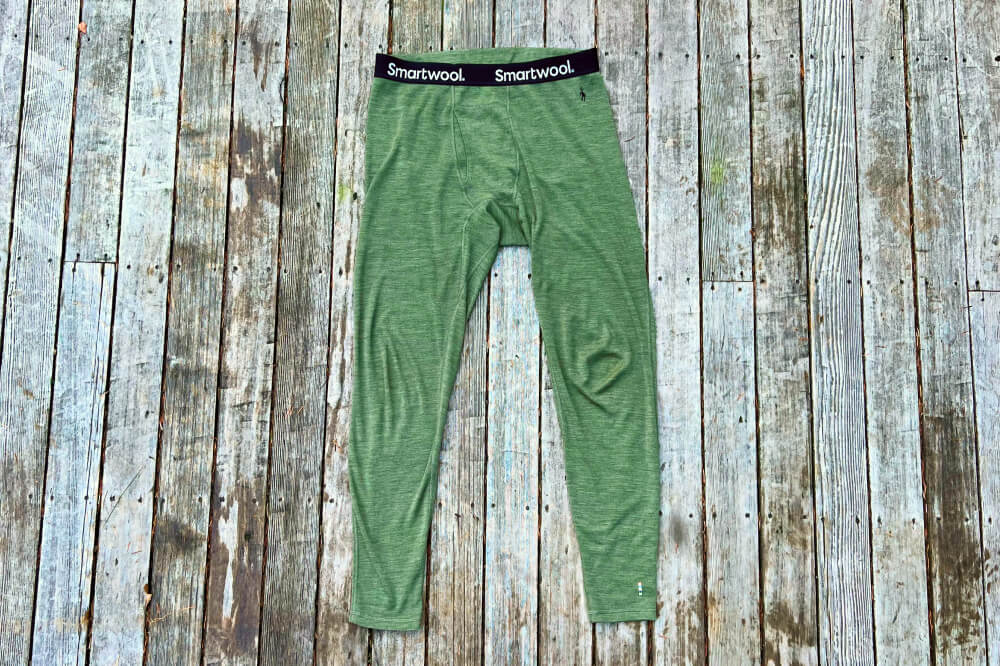
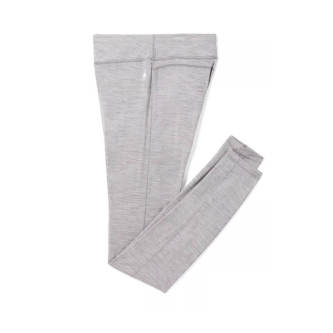
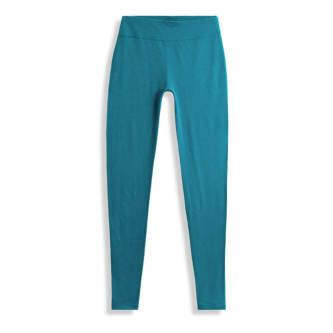
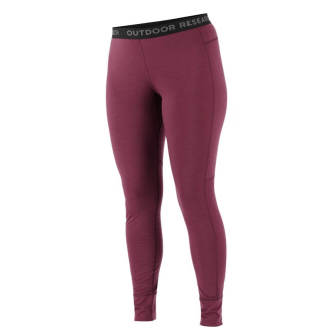
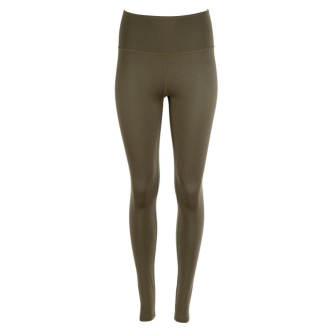
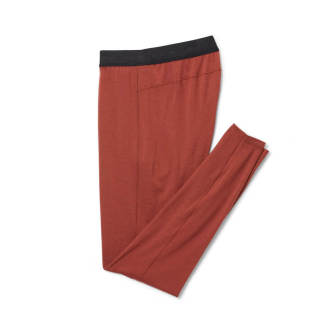
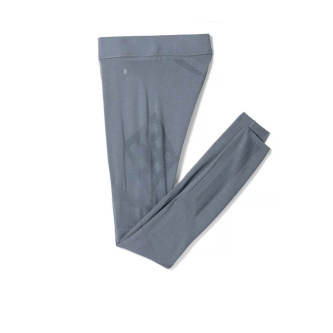
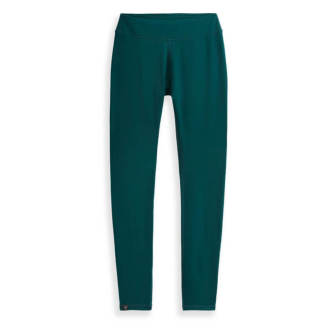
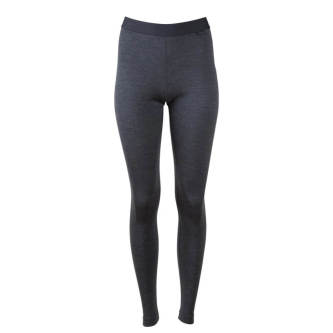
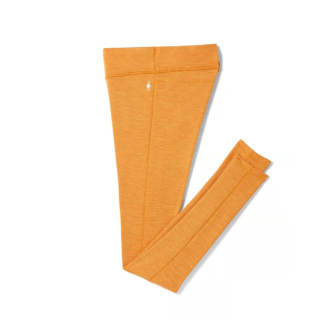
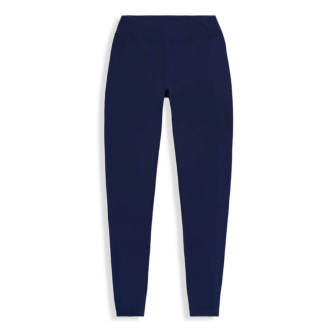
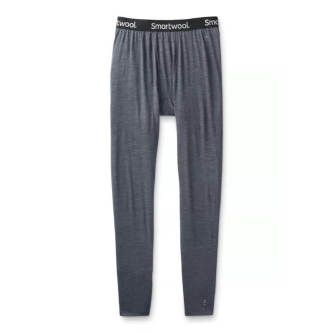
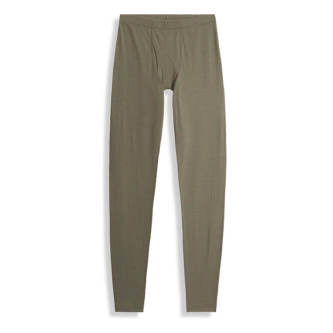
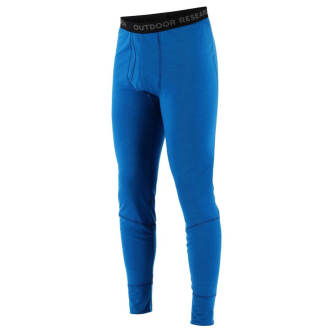
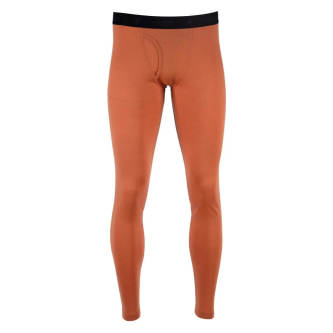
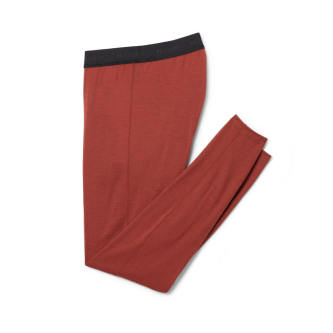
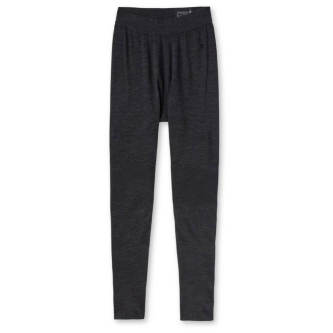
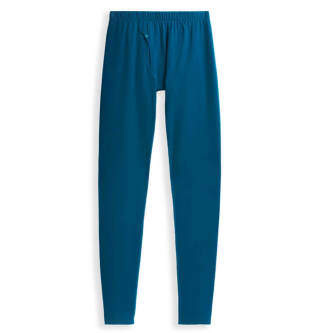
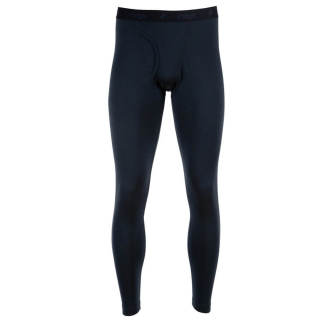
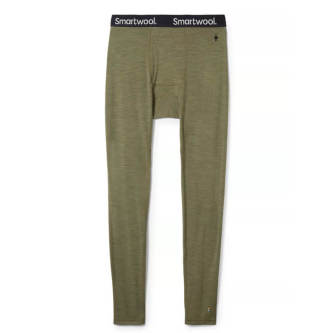
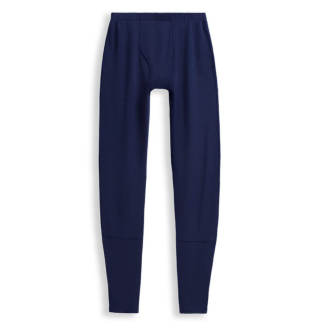
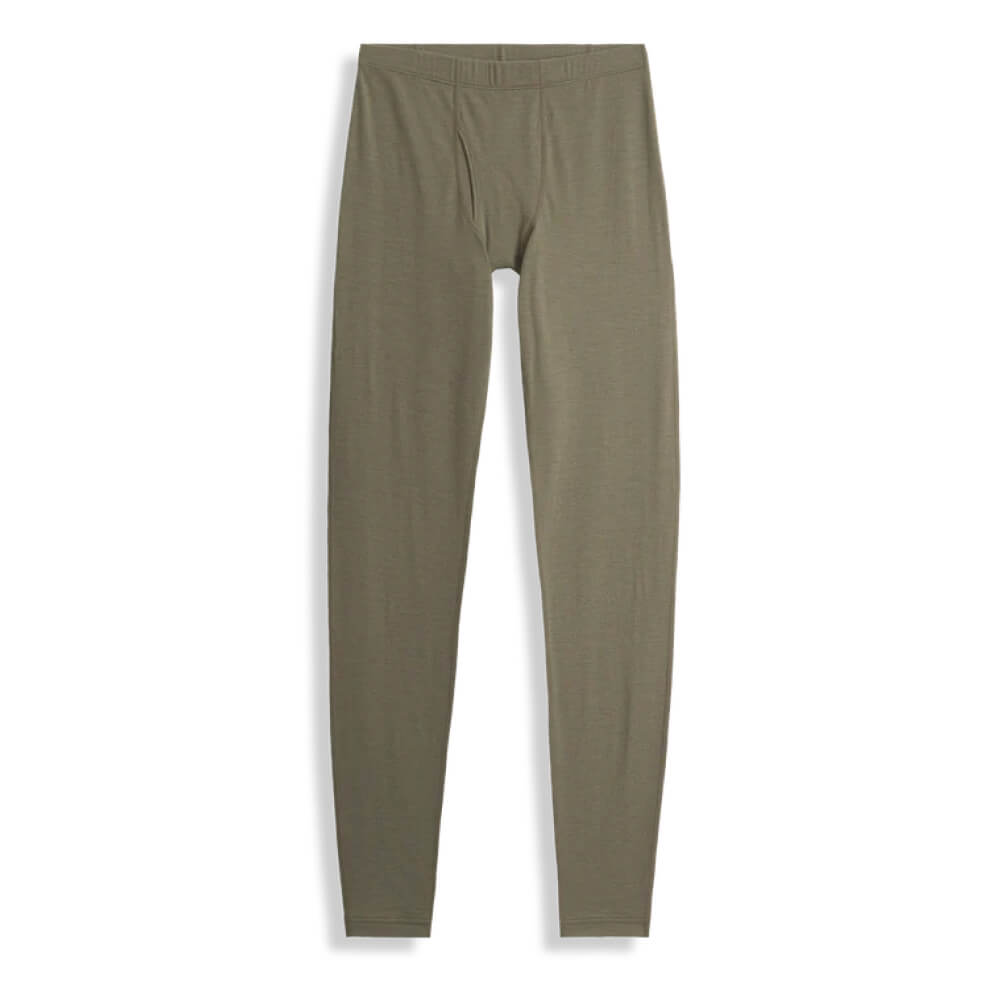
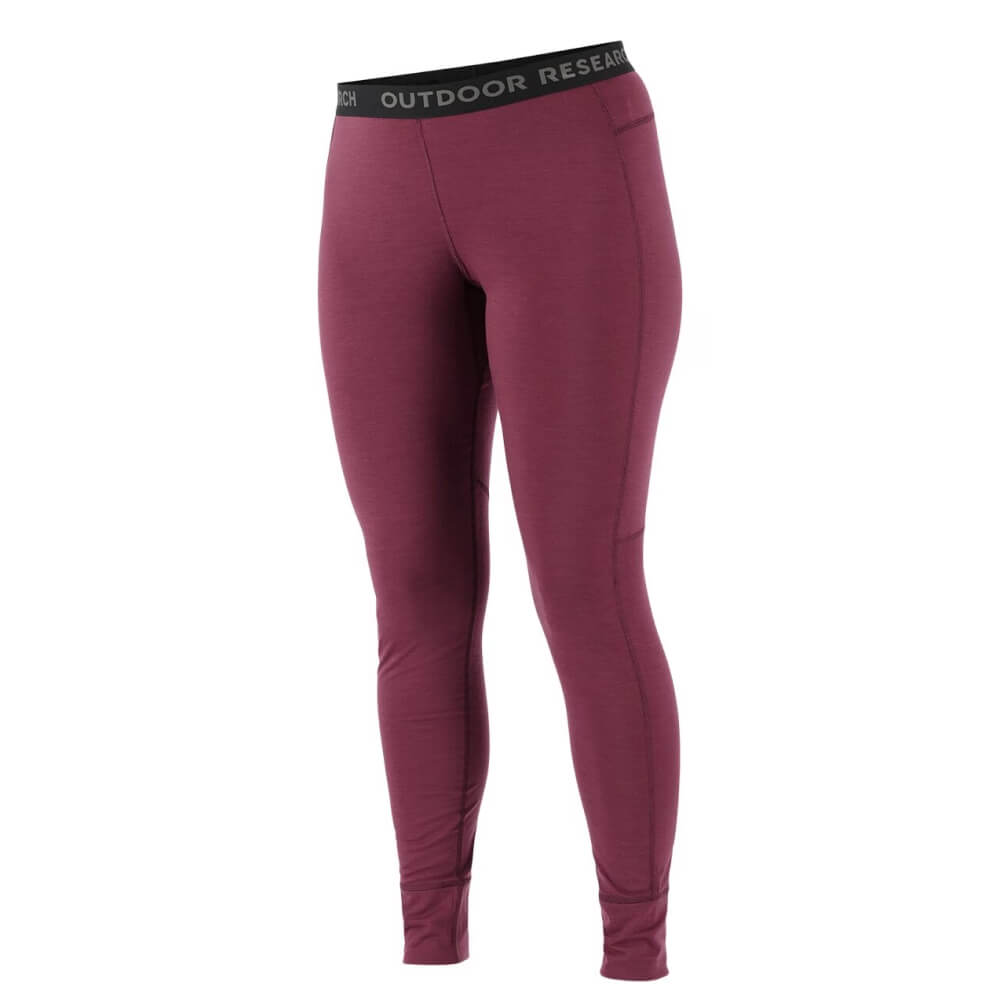
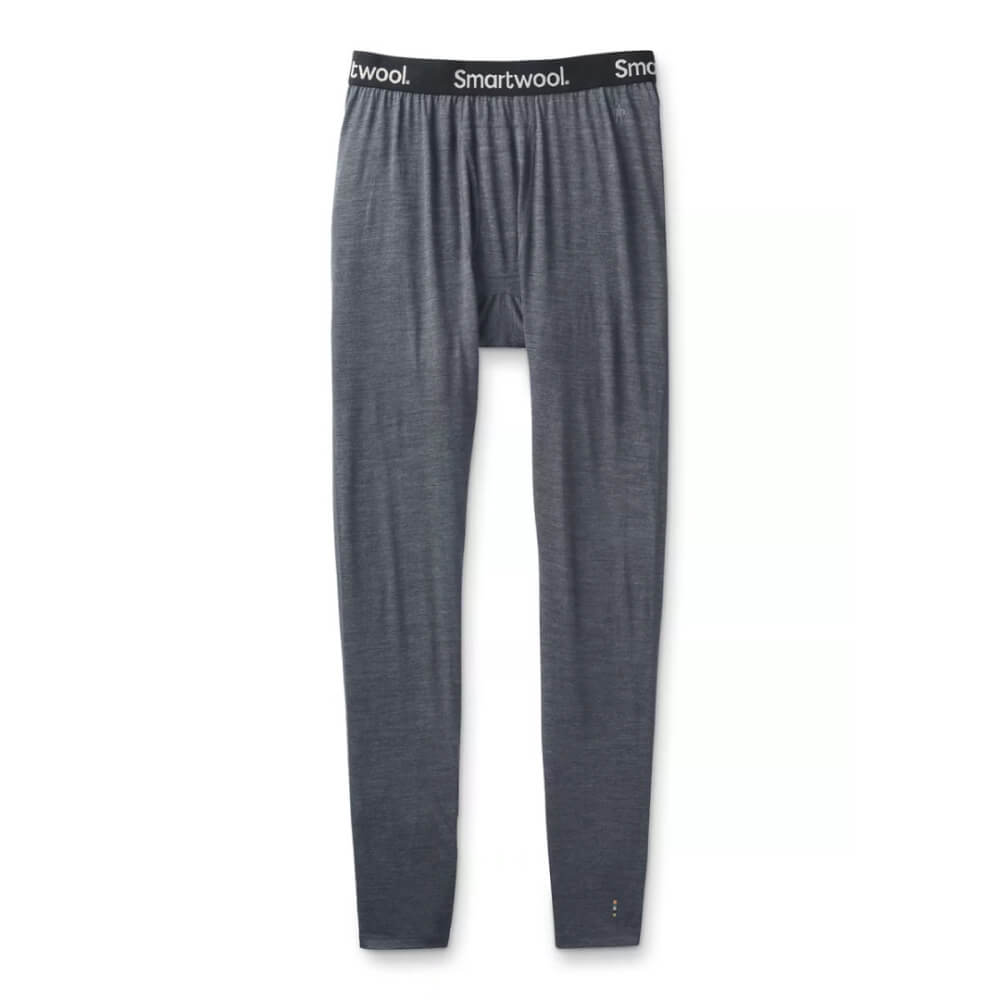
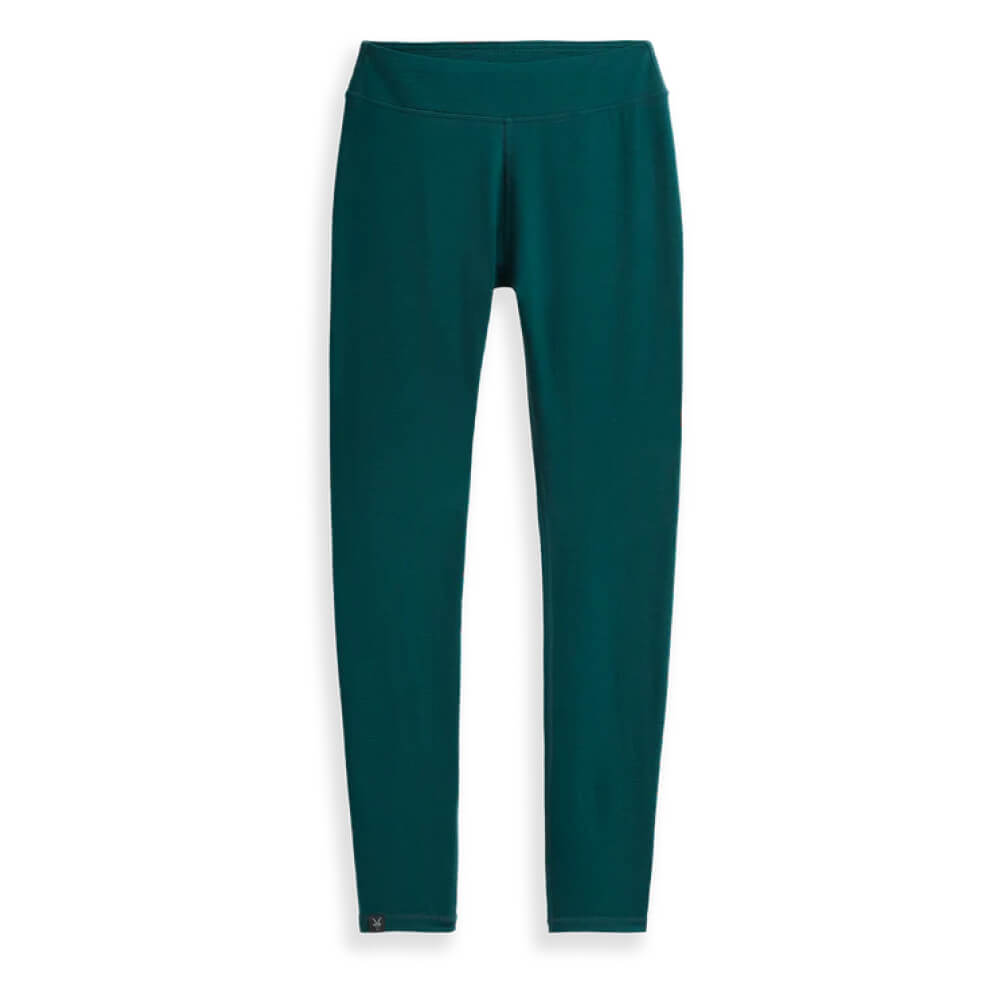
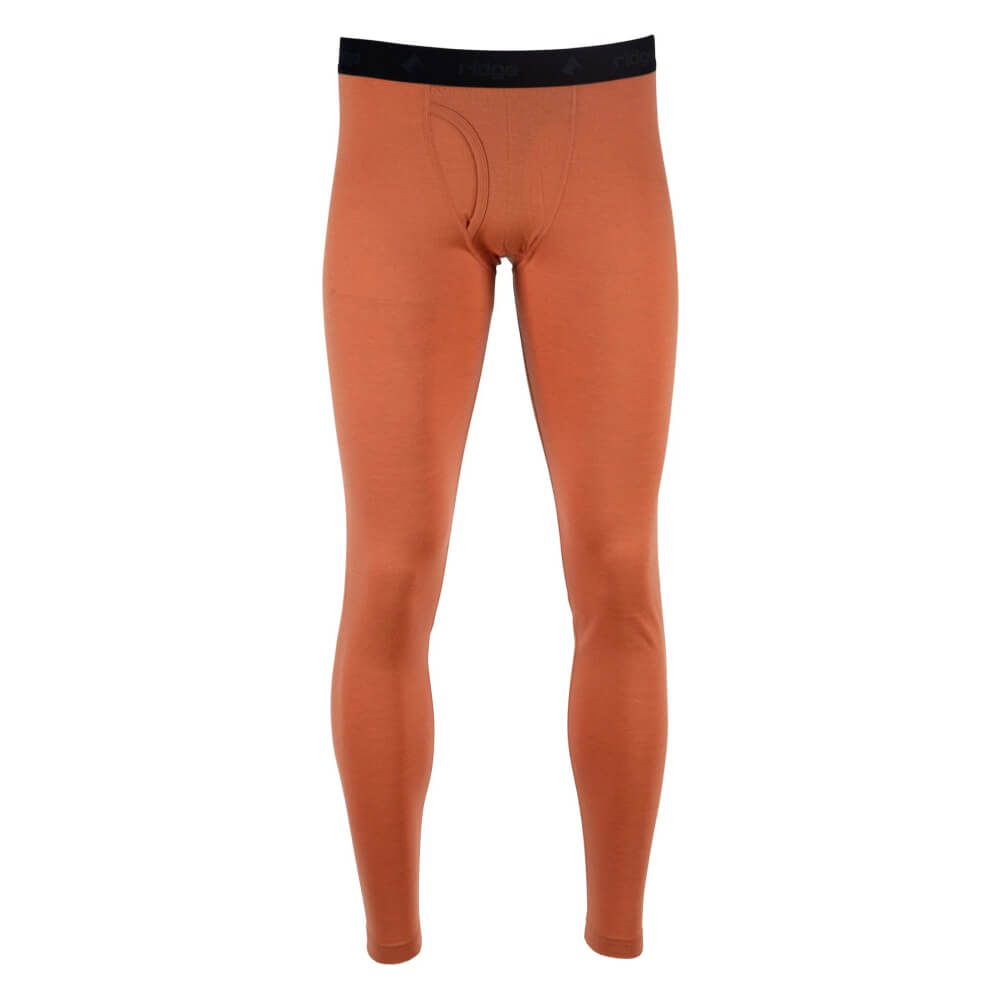
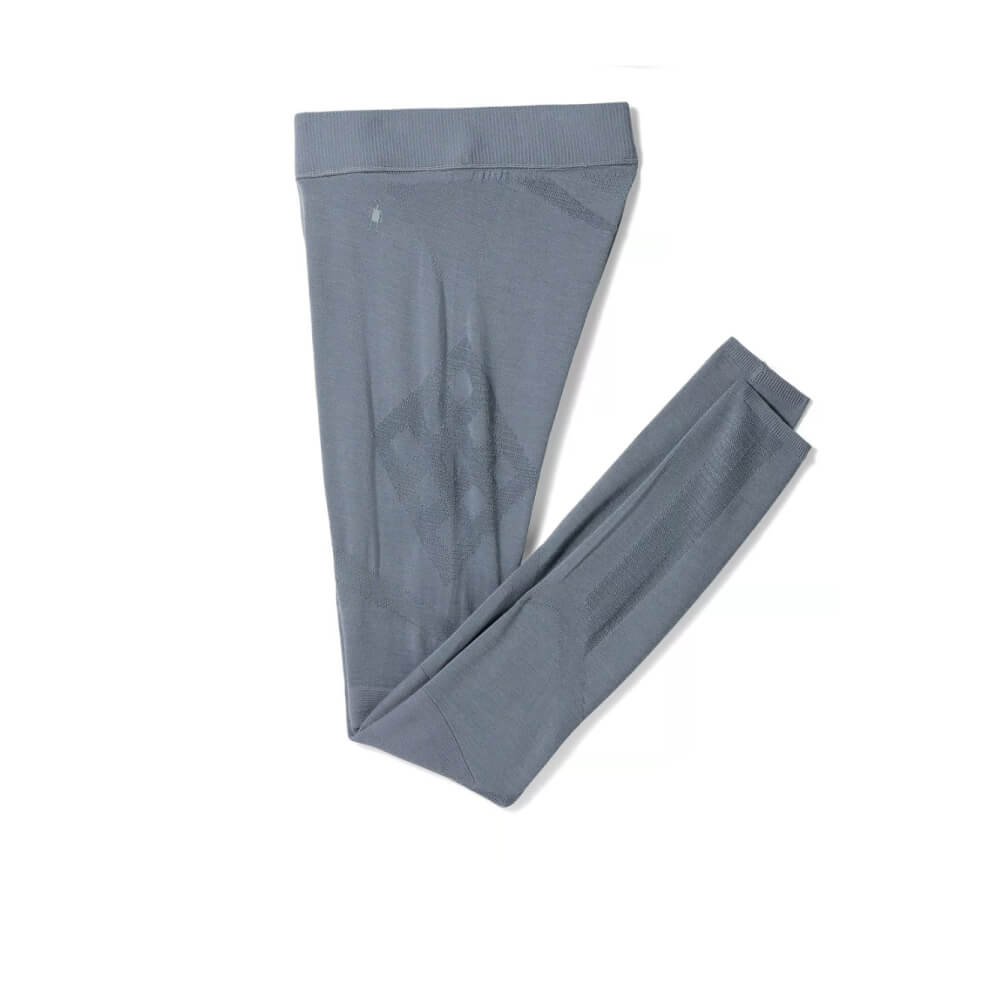
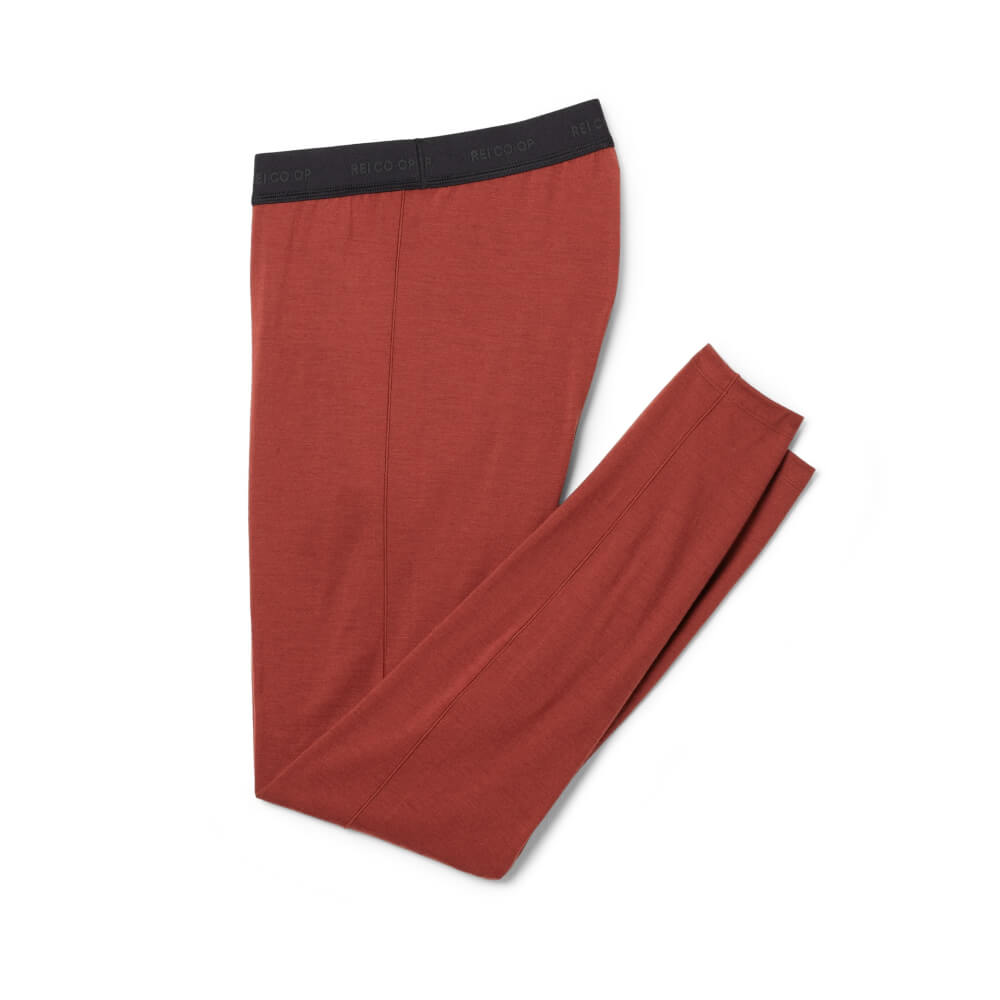
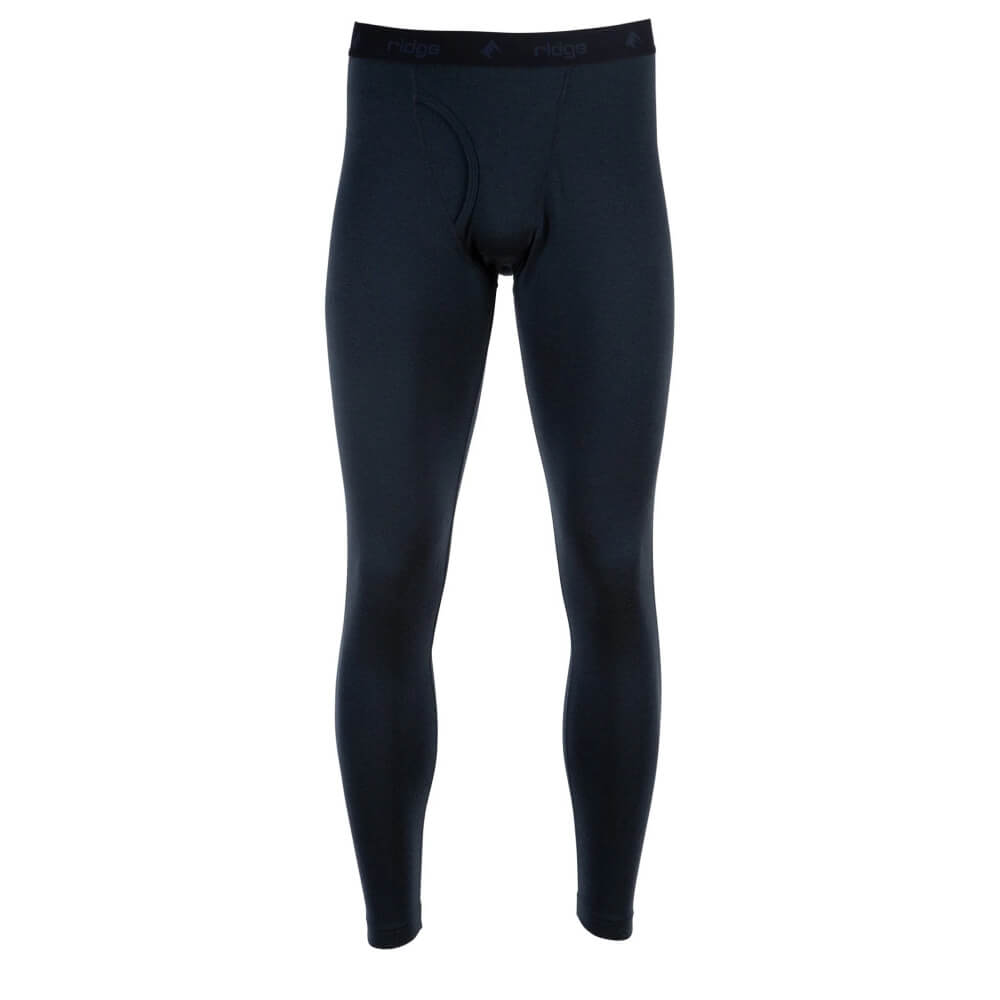
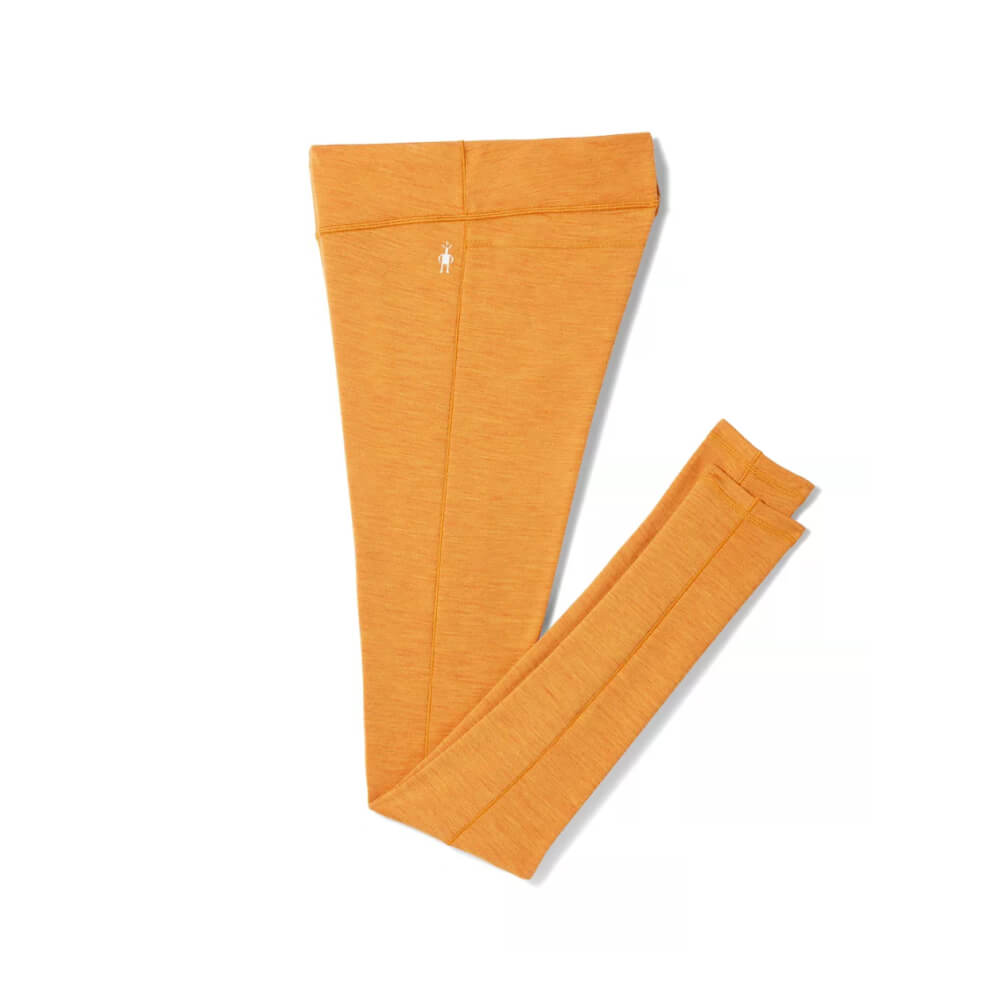
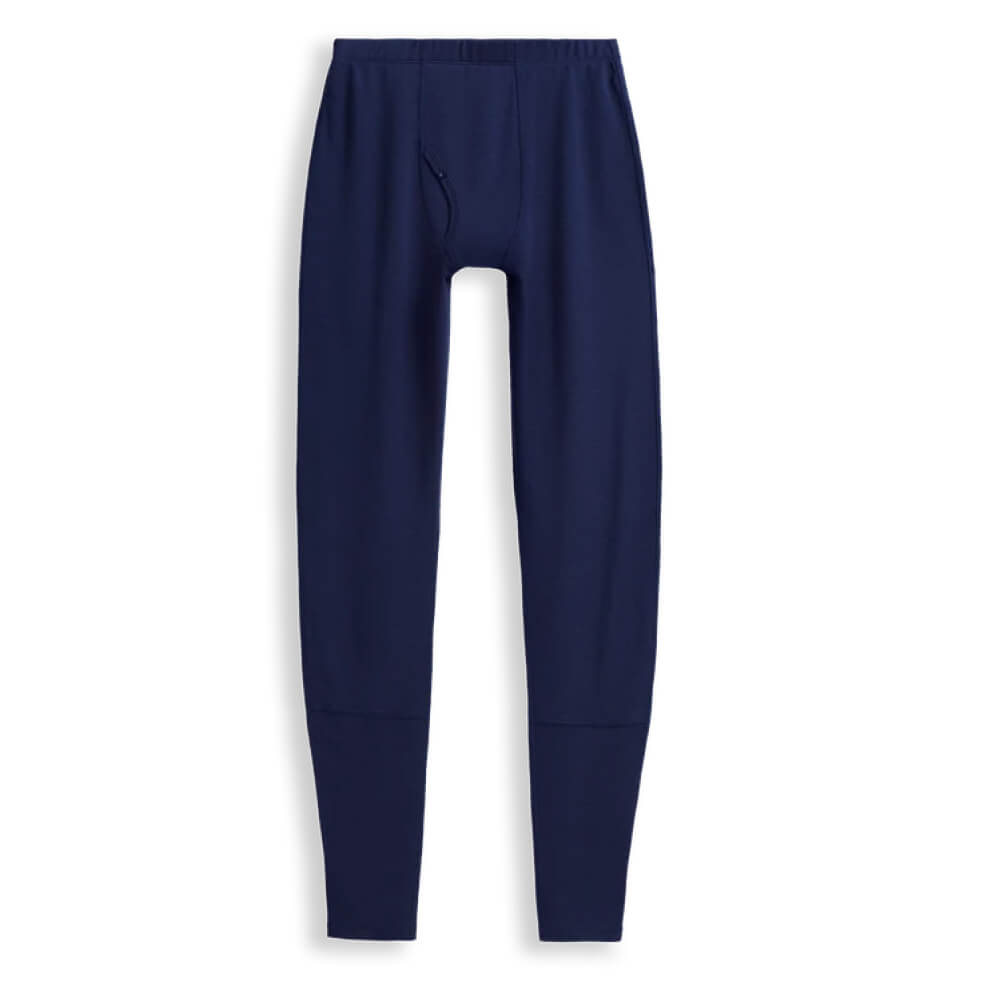
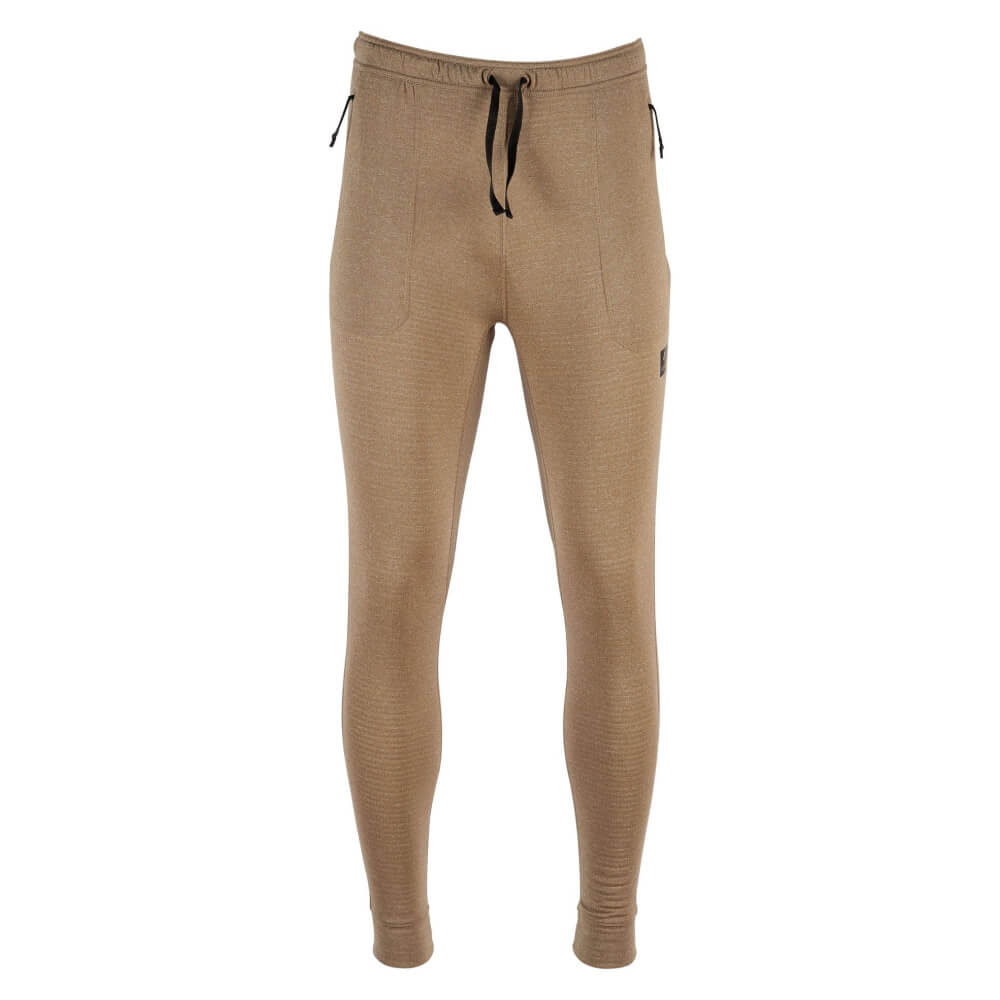
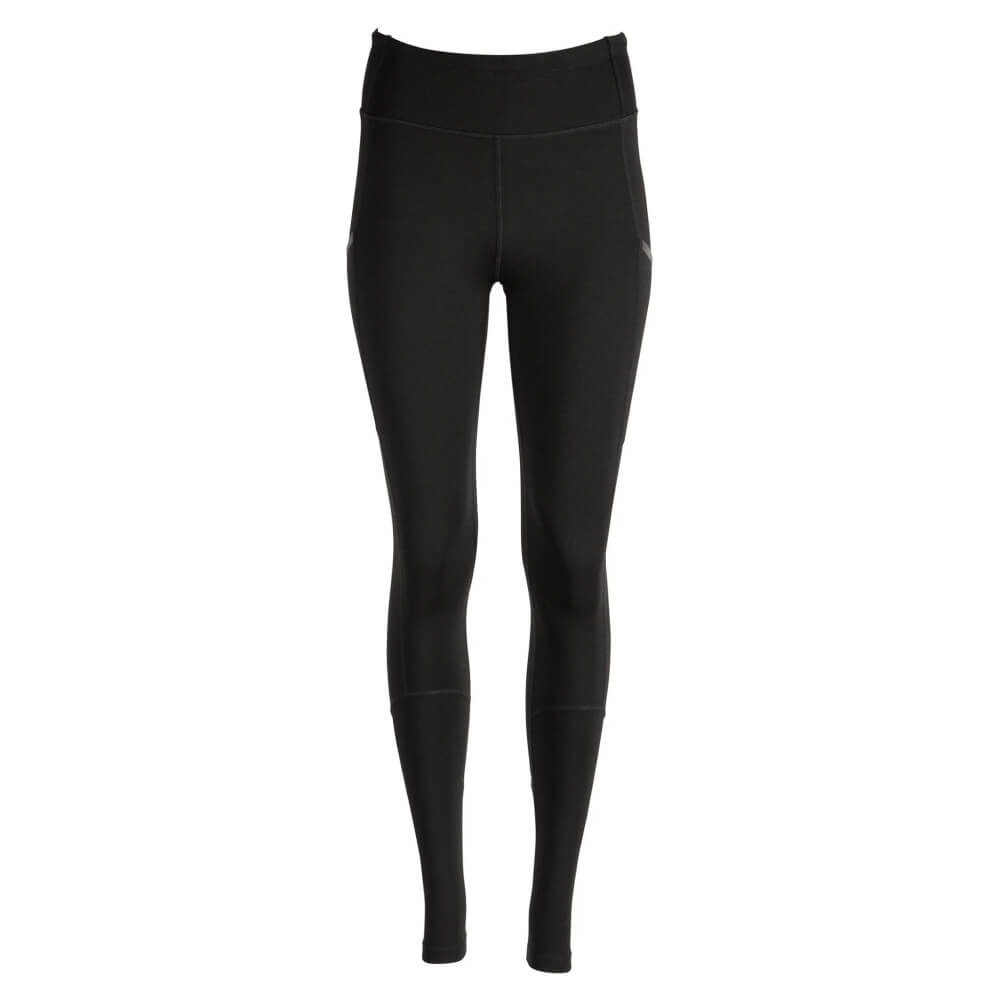
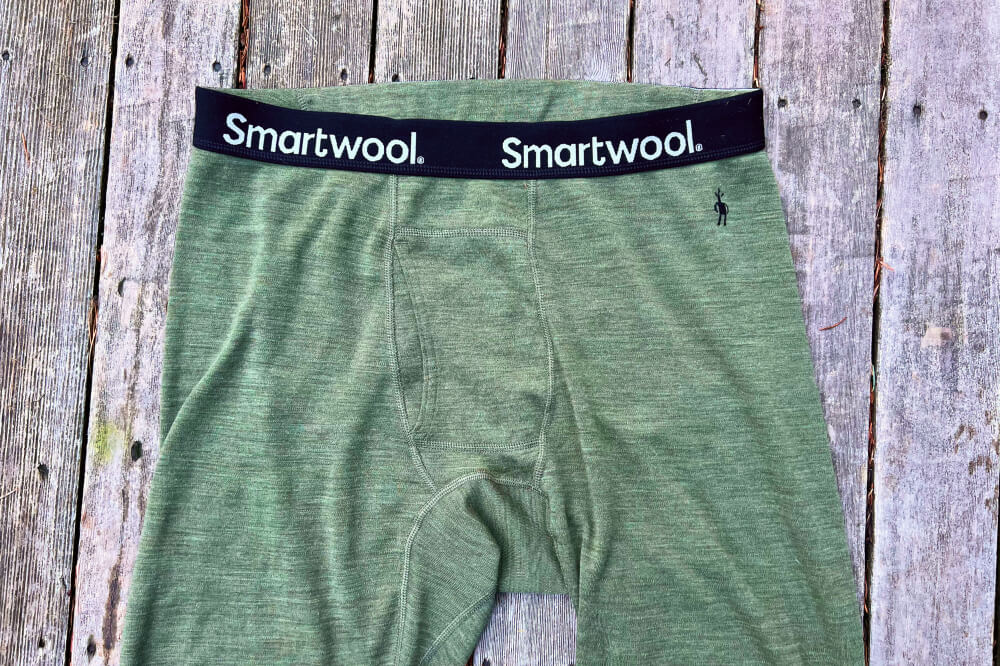


Leave a Reply
Want to join the discussion?Feel free to contribute!